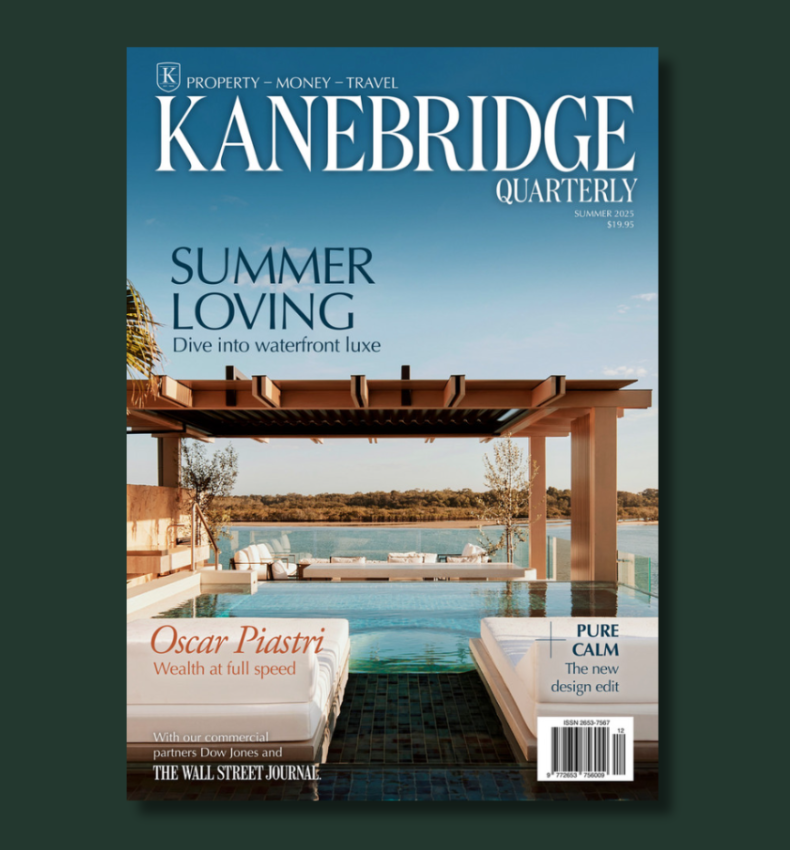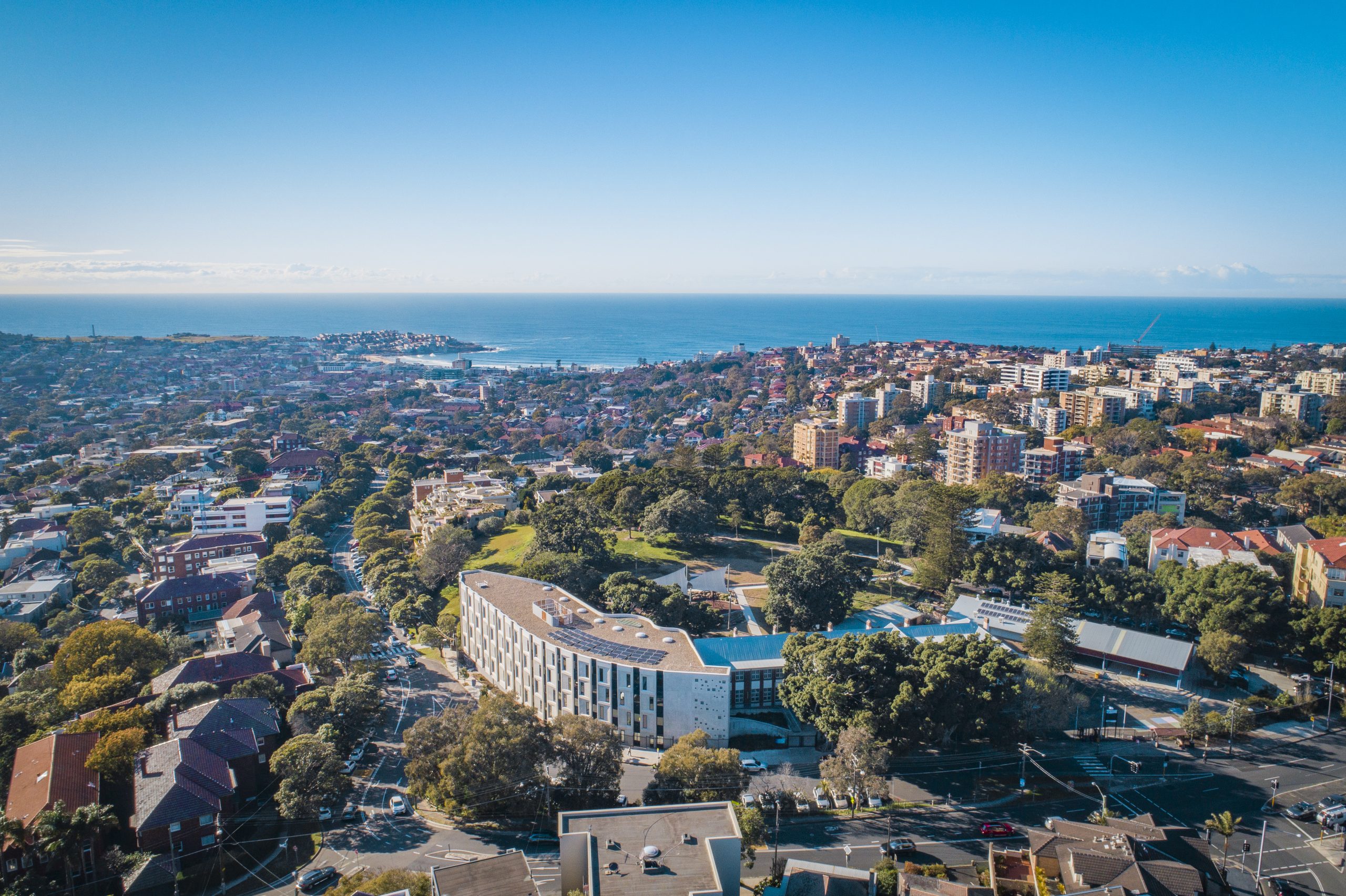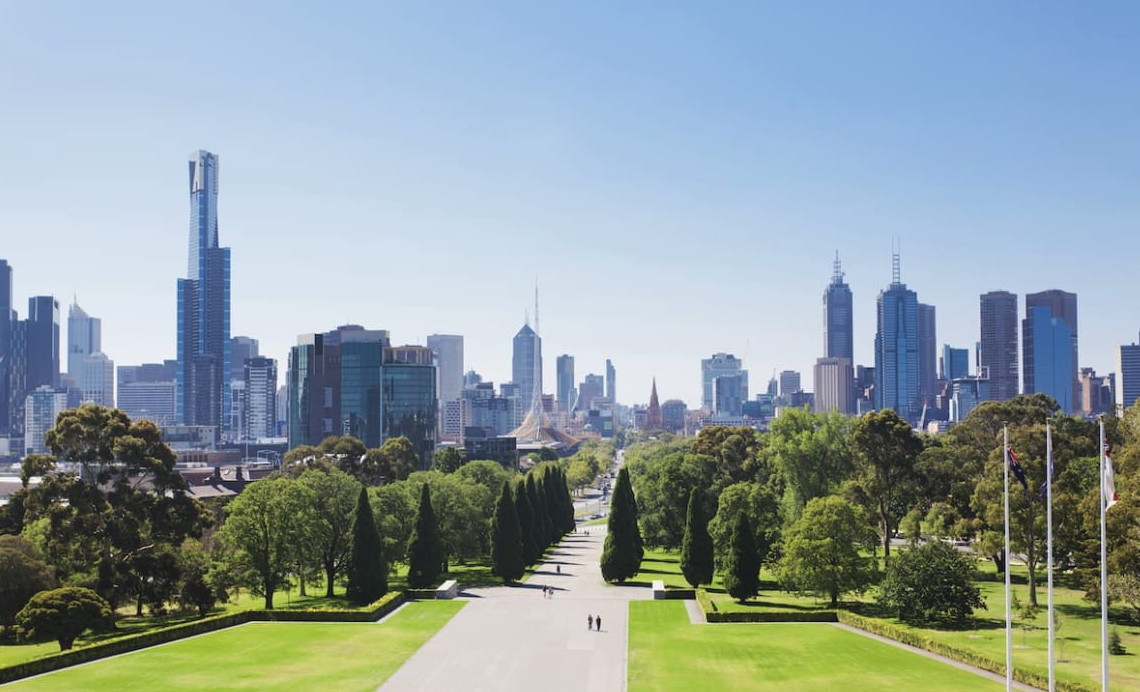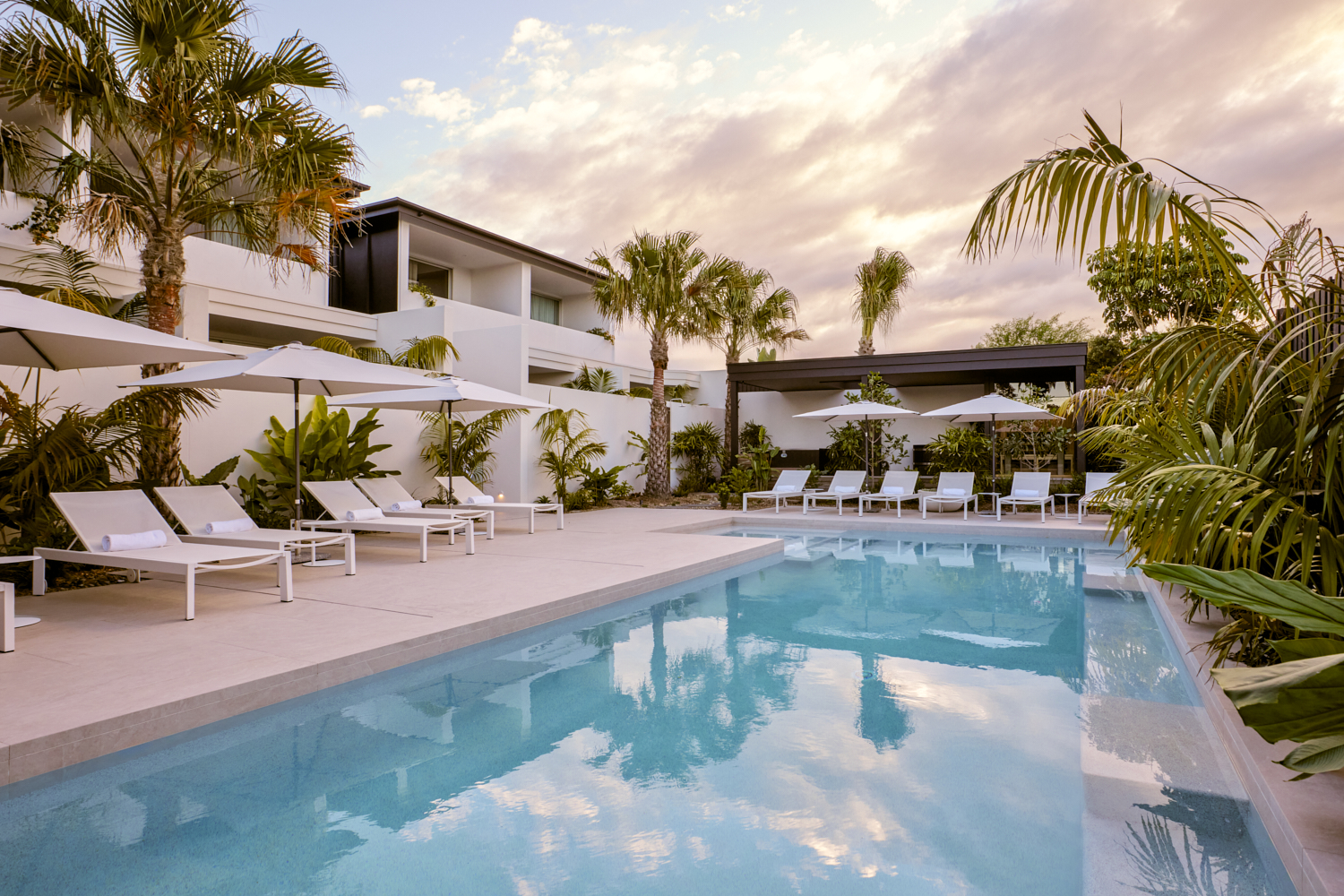THE WORLD’S MOST EXPENSIVE AIRBNBS REVEALED & AUSTRALIA’S SURPRISE ENTRY
From Italy’s $93,000-a-night villas to a $20,000 Bowral château, a new global ranking showcases the priciest Airbnbs available in 2026.
From Italy’s $93,000-a-night villas to a $20,000 Bowral château, a new global ranking showcases the priciest Airbnbs available in 2026.
Airbnb is one of the most recognisable companies in the global hospitality and travel sector.
What started off as a home-swapping (or rather, air-mattress-and-breakfast) platform for travellers in 2007–2008 has evolved into one of the most lucrative short-stay accommodation marketplaces in the world.
Founded in 2008 by Brian Chesky, Joe Gebbia, and Nathan Blecharczyk, the short-stay letting platform now boasts over 8 million active listings across more than 220 countries and regions, and facilitates hundreds of millions of bookings every year.
Whereas homes were previously swapped in a spirit of sharing, many properties now on the short-stay letting market are effectively holiday homes for their owners—residences that are never fully lived in.
While expensive stays are nothing new, have you ever wondered what the most expensive homes on Airbnb are?
A new report from Tradingplatforms has collated listings across the world’s most visited countries, providing a snapshot of the priciest stays available for January 2026.
To compile the ranking, researchers analysed 86 countries with the highest inbound visitor numbers, identifying each nation’s most expensive Airbnb during the period of January 14–17, 2026.
Prices were carefully gathered inclusive of taxes and fees, with any unrealistic or inauthentic listings removed. The study produced a global leaderboard, along with regional breakdowns, and included details on property type, total cost, bedroom and bathroom count, guest capacity, reviews, and premium amenities.
The findings reveal that luxury is spread across multiple continents, with Europe dominating the list.
Italy tops the global ranking with a property priced at €51,921 (AU$92,783) per night, while the second most expensive listing, in Mexico, comes in at €27,474 (AU$49,096) per night.
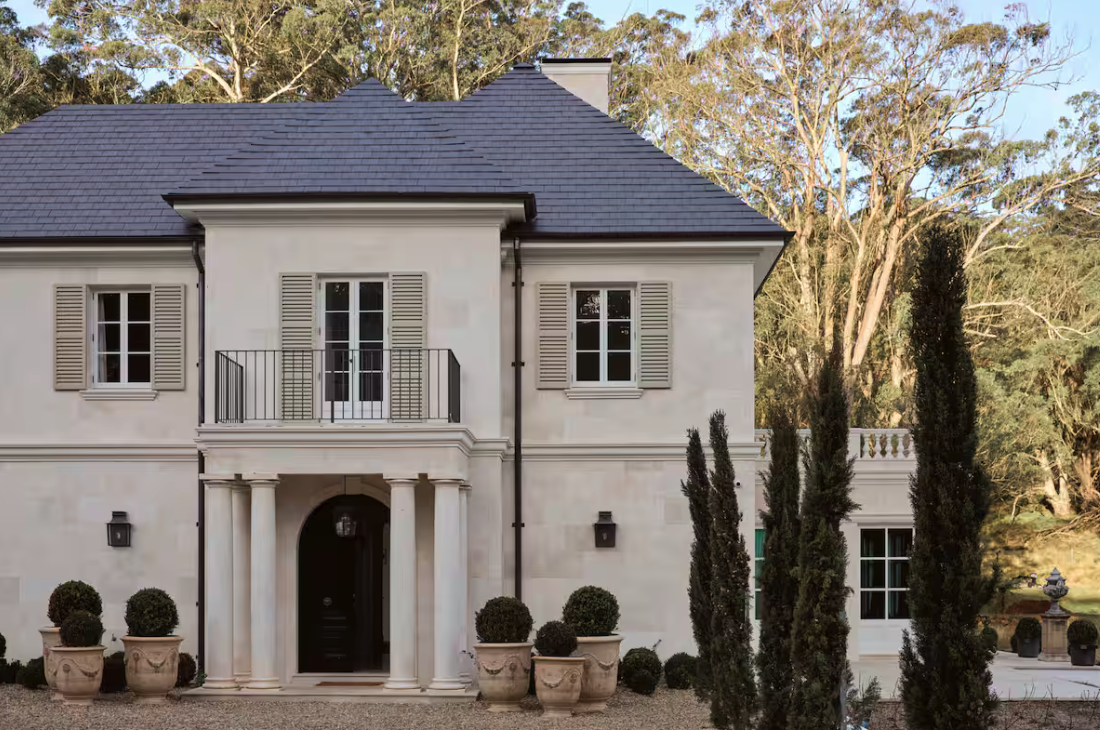
Australia doesn’t make the top 10 list, but a home in Bowral in the Southern Highlands of NSW comes in at number 14. La Gemme Estate, a French château set on 100 acres of private grounds, costs €11,351 a night, or just over $20,000 based on the exchange rate at the time of publication.
The home, at the end of a long, tree-lined driveway which meanders past a private pond with a fountain feature and a bridge, has eight bedrooms, seven bathrooms, a heated swimming pool, steam room, outdoor hot tub, and a library. The property can also host small weddings.
It is owned by Clayton Larcombe, the financial adviser turned fund manager, and his wife Kyara, who bought the “European Palladian style country estate” for $7.4 million in 2021, before undertaking a lavish renovation.
The World’s 10 Most Expensive Airbnbs for January 2026
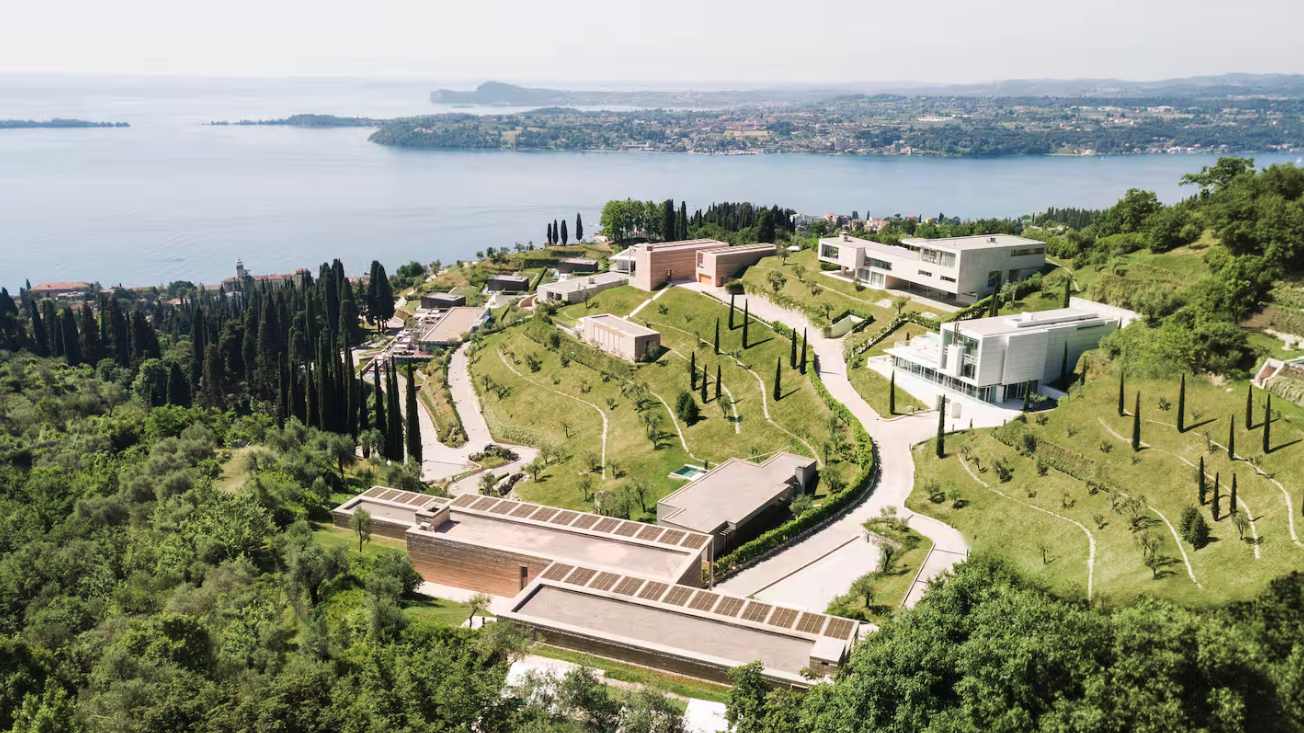
Luxury Lake Garda View Resort, Gardone Riviera, Italy
Price per night: €51,921 (AU$92,783)
The priciest Airbnb in the world is the Lake Garda View Resort in Italy’s Gardone Riviera. The five villas, designed by internationally renowned architects such as David Chipperfield, Richard Meier and Marc Mark, can accommodate 84 guests. There’s even an internal hotel with high-end apartments pitched as being ideal for operational staff, productions, or guests.
Casa Tau: A Luxury Villa, Punta de Mita, Mexico
Price per night: €27,474 (AU$49,096)
Casa Tau is the second priciest Airbnb in the world for January. The 12-bedroom villa, on the beachfront of the prestigious Punta Mita Community in Los Ranchos, Mexico, can host 27 guests across five buildings. The focal point is the central swimming pool and hot tub with adjoining alfresco terrace. Casa Tau comes with twice-daily housekeeping, chef and laundry services, a 12-hour butler, and preference membership to the resort’s golf and beach clubs.
7-Bedroom Ultra-Luxury Villa, Dubai, UAE
Price per night: €25,728 (AU$45,976)
A new villa in Dubai, furnished with iconic pieces from the world’s most prestigious luxury brands like Fendi Casa, Versace Home, Bentley Home, and Roche Bobois, is the priciest in the UAE.
The seven-bedroom home features two private swimming pools — one infinity-edge, one indoor — and a fully equipped private lounge and entertainment club, complete with a bar, high-end audio-visual systems, and ambient lighting.
Country House, La Romana, Dominican Republic, Villa Cahey
Price per night: €25,055 (AU$44,773)
A private beach and a private chef, butler, bartender, and maids are just some of the inclusions at Country House in the Dominican Republic. The exclusive home, with uninterrupted views over the water, can host 24 guests across 12 bedrooms. Guests also have access to Casa de Campo amenities, including golf courses, dining, Minitas Beach Club, tennis courts, equestrian and shooting centres, and water sports.
Villa Riviera Serenity, Mae Nam, Thailand
Price per night: €24,536 (AU$43,846)
Thailand doesn’t have to be cheap. Villa Riviera on the popular island of Koh Samui is the country’s most expensive Airbnb. The five-bedroom villa is tucked into a jungle setting, but just 10 minutes from Bang Por Beach.
Villa Mirasol, Mali Lošinj, Croatia
Price per night: €20,305 (AU$36,285)
Villa Mirasol is an elegant Art Nouveau property boasting a spectacular location on the island of Lošinj, with a distinctive tower overlooking the idyllic Čikat Bay. The gated villa features five bedrooms and a spacious three-bedroom apartment with a separate entrance, as well as a secluded garden with terraces, ocean views, a private swimming pool, and a jacuzzi.
Luttrellstown Castle, Dublin, Ireland
Price per night: €19,090 (AU$34,114)
One of the oldest homes on this list is Luttrellstown Castle, which dates back to the 15th century. The 567-acre property has its own 18-hole championship golf course and a state-of-the-art alpine lodge-style clubhouse, alongside the iconic castle that takes its name from the Luttrell family, who held the estate for more than three centuries until 1811. It is another property well suited for large weddings—it’s where David and Victoria Beckham tied the knot in 1999.
Fantasia Villas, Katastari, Greece, The Imperial Spa Villa
Price per night: €18,880 (AU$33,739)
The Imperial Spa Villa in Katastari, near the island of Kefalonia, has its own private spot on the Greek coastline. The four-bedroom villa spans more than 2,000 sqm of living space and includes three heated swimming pools set among private tropical gardens.
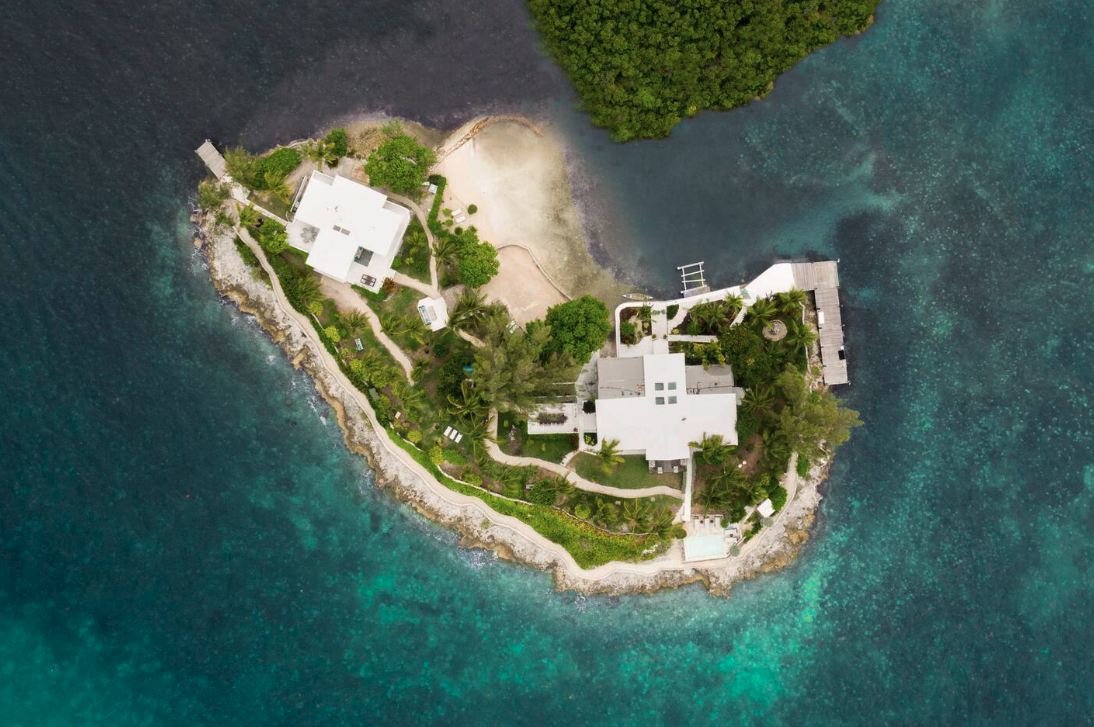
Middle Cay, North Eleuthera, Bahamas
Price per night: €18,040 (AU$32,237)
A private two-acre island in the Bahamas makes the top 10 list of most expensive Airbnbs. The island is home to coconut tree groves, two private docks, a natural island swimming spot, and two open-concept villas that can sleep 19 guests. Guests can also use three underwater sea scooters, with likely sightings of bright tropical fish or a sea turtle or two.
Villa Tomazo, Marrakesh, Morocco
Price per night: €14,978 (AU$26,766)
Villa Tomazo in Marrakesh rounds out the list. The 10-bedroom villa features a large swimming pool, a hot tub, an outdoor fireplace, and a massage service.
Formula 1 may be the world’s most glamorous sport, but for Oscar Piastri, it’s also one of the most lucrative. At just 24, Australia’s highest-paid athlete is earning more than US$40 million a year.
From gorilla encounters in Uganda to a reimagined Okavango retreat, Abercrombie & Kent elevates its African journeys with two spectacular lodge transformations.
Ray White senior data analyst Atom Go Tian says Sydney’s elite postcodes are pulling further ahead, with Bellevue Hill dominating the nation’s most expensive streets in 2025.
Sydney has cemented its status as the nation’s luxury capital, with Kambala Road in Bellevue Hill being Australia’s most expensive street this year, posting a median house price of $39.35 million.
And, according to Ray White senior data analyst Atom Go Tian, last year’s leader, Wolseley Road, was excluded from this year’s rankings due to limited sales.
“Wolseley Road recorded only three sales this year and was therefore excluded from the rankings, though its $51.5 million median would have otherwise retained the top position,” he says.
Bellevue Hill continues its dominance, accounting for six of the nation’s top 10 streets. Tian says the suburb’s appeal lies in its rare blend of location and lifestyle advantages.
“The suburb’s enduring appeal lies in its rare combination of proximity to both the CBD and multiple beaches, harbour views, and large estate-sized blocks on tree-lined streets.”
Vaucluse remains a powerhouse in its own right. “Vaucluse extends this harbourside premium with even more direct beach access and panoramic water views,” he says.
The gulf between Sydney and the rest of the country remains striking.
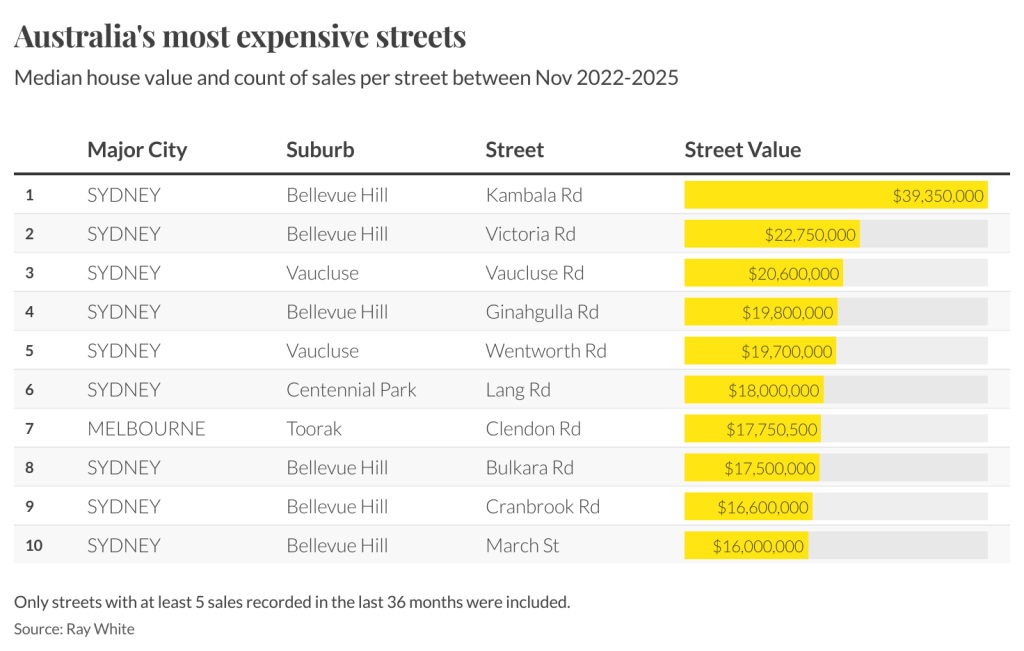
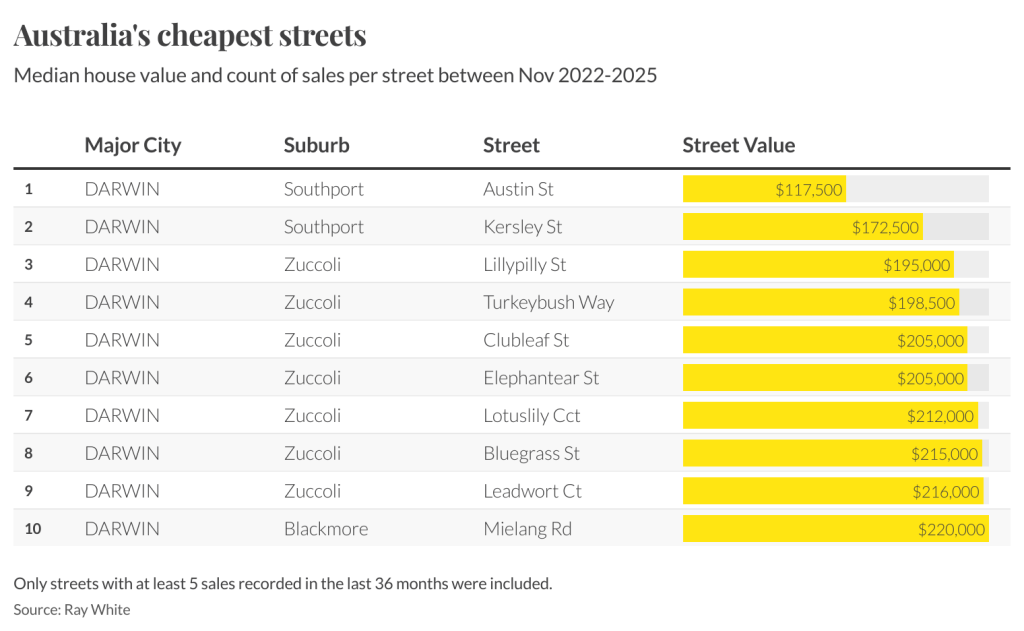
According to Tian, “Sydney’s most expensive streets are more than five times more expensive than the leading streets in Perth and Brisbane, and more than 10 times the premium streets in Canberra and Adelaide.”
He attributes this to Sydney’s economic role and geographic constraints, describing it as “Australia’s financial capital and its most internationally connected city.”
Beyond Sydney, each capital city has developed its own luxury hierarchy. Tian highlights Melbourne’s stronghold in Toorak, noting that “Melbourne’s luxury market remains centred around Toorak, led by Clendon Road, St Georges Road and Linlithgow Road.”
Brisbane’s prestige pockets are more dispersed: “Brisbane’s luxury real estate shows a more diverse pattern,” he says, led by Laidlaw Parade at $6.5 million. Perth’s top-end market remains anchored in the Peppermint Grove–Dalkeith corridor, with Forrest Street at $7.5 million.
He also points to the stark contrast at the lower end of the spectrum. “Darwin presents a mirror image, hosting all 10 of the country’s cheapest streets,” Tian says. Austin Street in Southport sits at just $117,500.
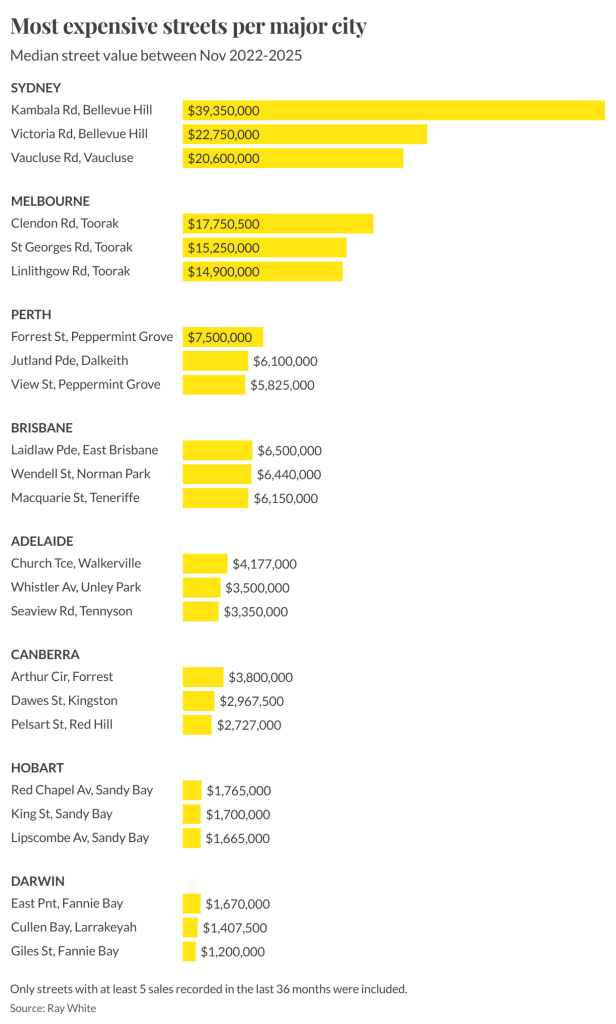

The national spread reaches its extreme in New South Wales. “Sydney emerges as the most polarised market, spanning an extraordinary range from Railway Parade in Katoomba at $385,000 to Kambala Road’s $39.35 million,” Tian says.
Methodology: Tian’s analysis examines residential house sales between November 2022 and November 2025, with only streets recording at least five sales included. Several streets with higher medians, including Black Street, Queens Avenue and Clairvaux Road in Vaucluse, were excluded because they did not meet the sales threshold.
Australia’s market is on the move again, and not always where you’d expect. We’ve found the surprise suburbs where prices are climbing fastest.
When the Writers Festival was called off and the skies refused to clear, one weekend away turned into a rare lesson in slowing down, ice baths included.



